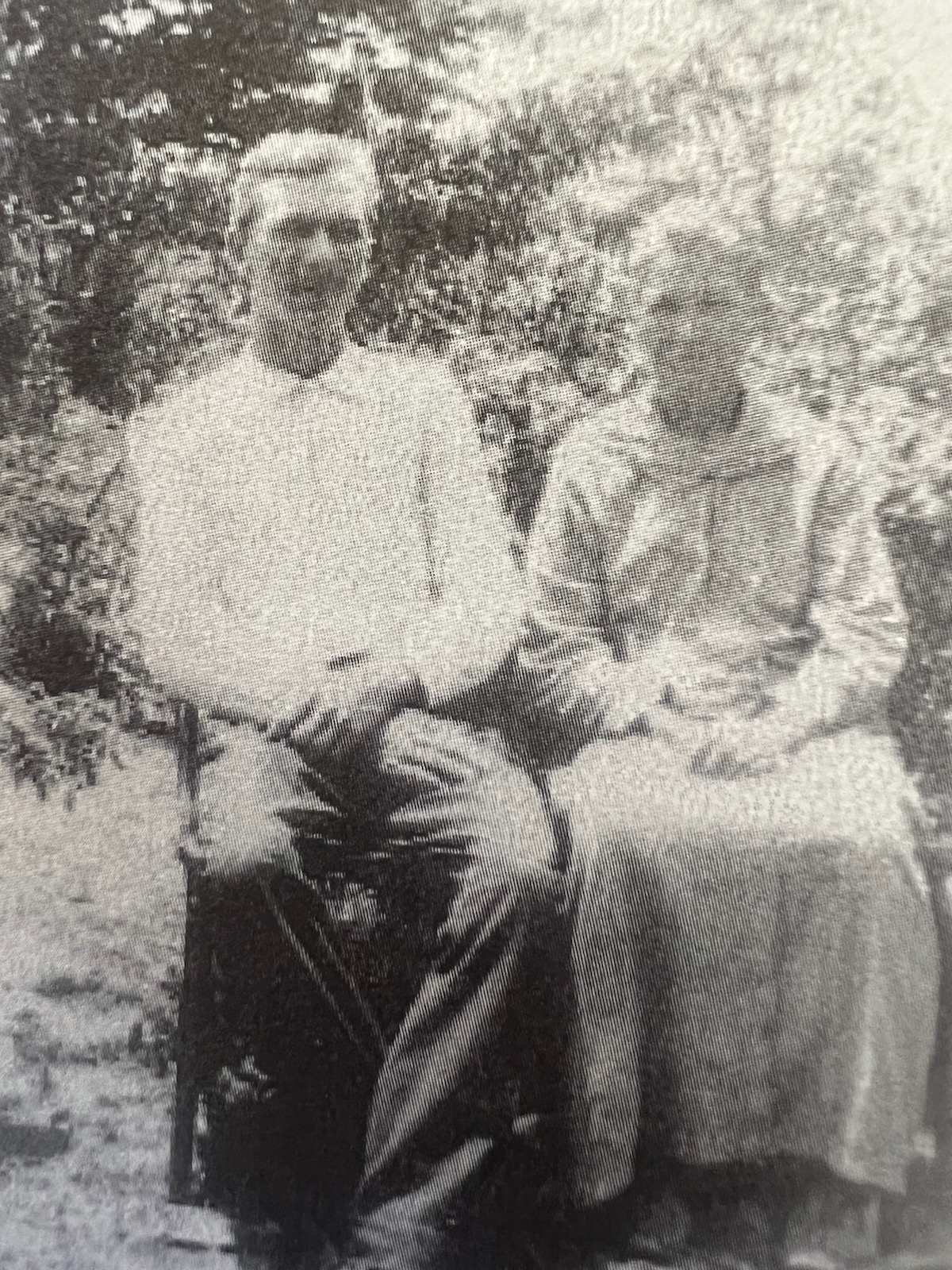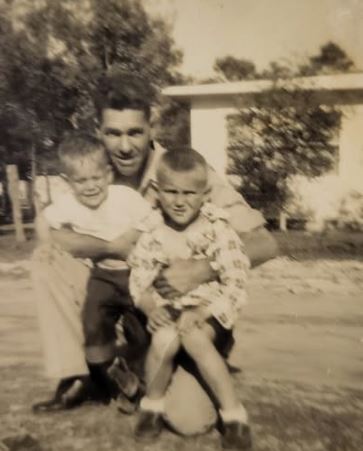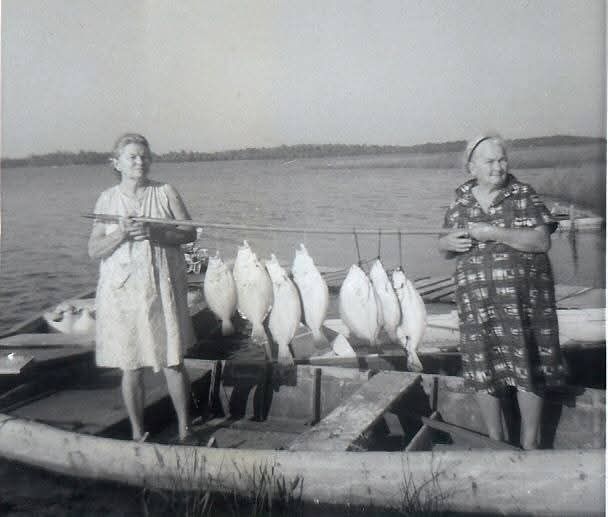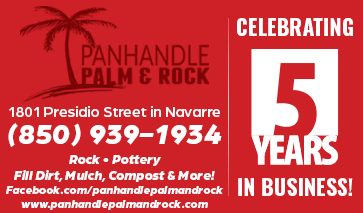
*This article is part of a series of historical stories aimed to tell the authenthic history of the Holley-Navarre Community. Some newcomers may not be aware that the community of Holley-Navarre dates back into the 1800s.. The goal of this series is to help share the stories and genealogy of Panhandle Pioneers, a local nonprofit recently created to promote, preserve and protect our rich local heritage without ignoring those who built our community prior to the 20th century. Photo of Newsome & Dora (Lowery) Harvell. Courtesy the Coleman Family Collection.
Alfred Harvell fought during the Civil War with Company K of the 25th Alabama Regiment. After the war, he moved to a new homestead on East River in 1871. It was there he built a home for his family and cleared a road through East River Swamp where thousands of logs and many railroad crossties were sent to market from a place which came to be known as Newsome Harvell Landing.
Nowadays, roads in our community are named after his descendants: James M. Harvell Road and D.H. Harvell Circle as well as Harvell’s Crossing Subdivision on East Bay Boulevard – not far from where Alfread sailed his schooner, transporting wood to a tar processing plant at Gull Point.
Alfred’s son, Newsome Harvell, grew up at a time when people from this area made their living from the natural resources of their surroundings, producing railroad crossties and roof shingles. At 18, Newsome married Dora Ann Lowery on April 27, 1890 and built a house for their family – roughly two miles north of his Dad’s home on East River. Their children were: Macon, Estella, Susie, Vella, Della, Nancy, Jeanette and Woodrow.
Woodrow Harvell pictured with his son Rogers and Scoot. Scoot and his wife, Donna Sue, operated an auction house on Hwy. 87 S; she closed the business after his Feb. 2024 passing. Photo courtesy Audrey Harvell McWaters.
Newsome’s great-grandson, Billy Coleman, recalls how the family enjoyed eating mullet caught by Jesse Barlow, who married Della Harvell, and some of the Harvell boys – Vernon, Bud and others. The fishing trip involved walking from the old homestead south along a three-trail road to East River, crossing the river on cedar log called a ‘billy’ and walking to Santa Rosa Sound, which was called Sound Bay back in those days. Uncle Jesse would catch the fish with a cast net while the boys cleaned them and salted them down to preserve them.
There is a strong local fishing community with a rich heritage. Many of the Barlow and Harvell descendants still live in the Holley-Navarre community and fish the local waters just like Dee Barlow, left, with her sister Vella Mills pictured fishing in East Bay. Photo courtesy Shawn Barlow Wildman.
After Dora passed away in 1926, Newsome lived with his daughter, Susie, and her family. Although few of her descendants remember her now, but her legacy as pioneer mother lives on.
Dora’s great-great-great granddaughter through the Macon Harvell line, Wendy Harvell Lincoln, is the founder of Panhandle Pioneers, a local nonprofit recently started to promote, preserve and protect the Holley-Navarre community’s rich local heritage.
“With each death of our ancestors, we are losing more and more of our heritage; the memories, the stories, the secrets, everything is gone. This nonprofit is needed to help us keep them from being forgotten,” said Lincoln.
EDITOR’S NOTE: This story was originally written by my beloved late cousin, Billy Coleman. Newsome was his grandfather. Billy is warmly remembered and fondly missed. Some information has been added to his memories in our effort to help share the authentic history and legitimate genealogy of the Holley-Navarre community – Romi White

































